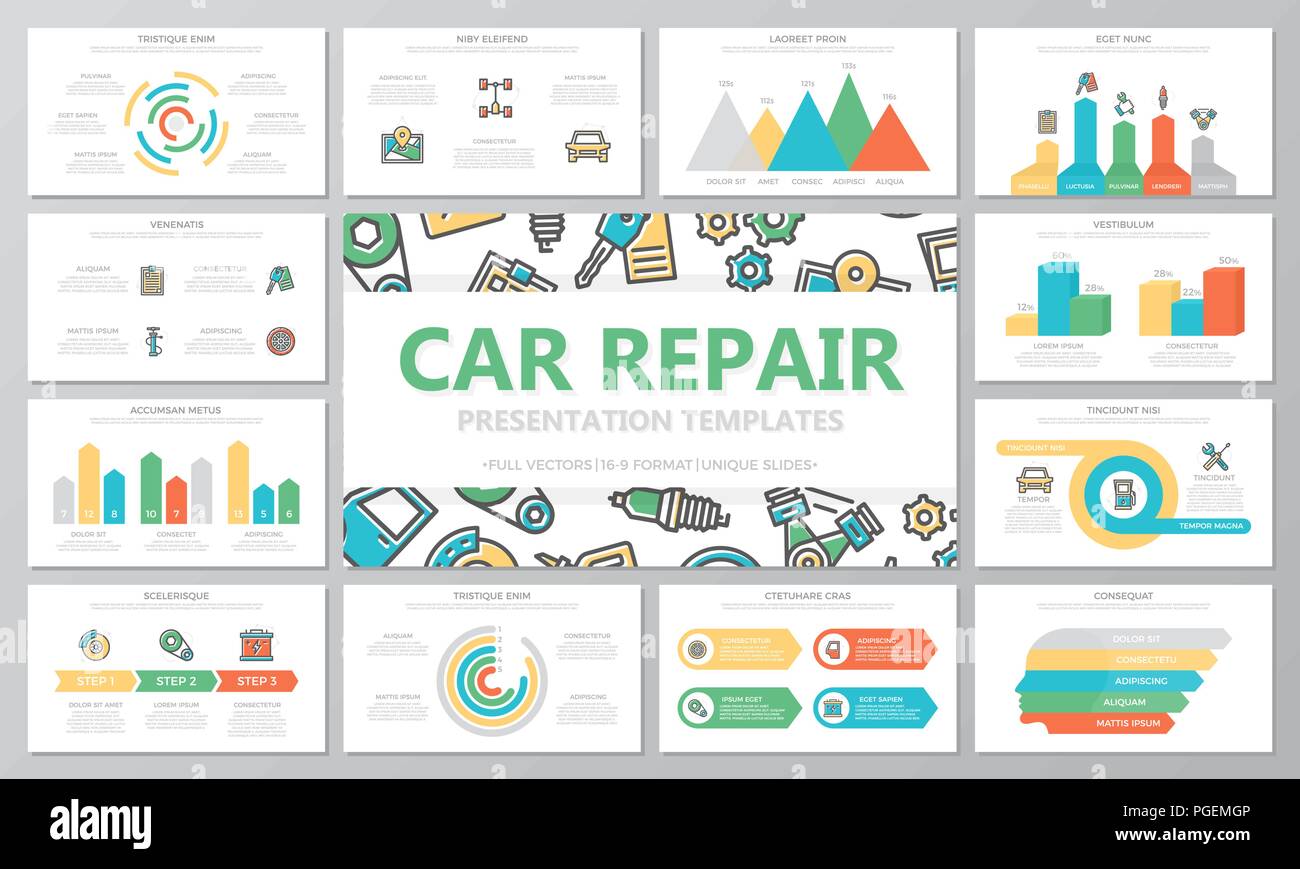Translating Your Car'S Alert Lighting: Their Real Implications
Translating Your Car'S Alert Lighting: Their Real Implications
Blog Article
Produced By-Lim Corbett
When you lag the wheel, those radiant warning lights on your dashboard can be a little bit complicated. Do you know what they're trying to inform you regarding your car's wellness? Comprehending the relevance of these lights is crucial for your safety and security and the durability of your automobile. So, the following time one of those lights turns up, wouldn't you want to understand its message precisely and take the necessary steps to resolve it?
Common Caution Lighting and Interpretations
Identify usual caution lights in your automobile and comprehend their significances to make sure risk-free driving.
One of the most regular warning lights consist of the check engine light, which indicates problems with the engine or discharges system. If this light begins, it's crucial to have your vehicle checked quickly.
The oil pressure advising light shows reduced oil pressure, needing immediate attention to avoid engine damages.
A flashing battery light could suggest a malfunctioning charging system, possibly leaving you stranded otherwise dealt with.
The tire stress surveillance system (TPMS) light notifies you to reduced tire stress, affecting vehicle security and fuel effectiveness. Neglecting this could bring about risky driving conditions.
The abdominal muscle light shows a problem with the anti-lock stopping system, compromising your ability to quit rapidly in emergency situations.
Last but not least, the coolant temperature cautioning light warns of engine overheating, which can result in extreme damages otherwise resolved promptly.
Recognizing these usual warning lights will aid you address concerns immediately and keep safe driving conditions.
Value of Prompt Attention
Comprehending the usual caution lights in your auto is just the first step; the value of without delay attending to these cautions can't be emphasized enough to guarantee your security on the road.
When nz detailing illuminates on your dashboard, it's your cars and truck's method of interacting a potential concern that requires attention. Neglecting these cautions can result in more extreme problems down the road, endangering your safety and security and potentially costing you a lot more in repairs.
Motivate attention to warning lights can protect against malfunctions and accidents. For instance, a flashing check engine light can show a misfire that, if left ignored, might trigger damages to the catalytic converter. Addressing this immediately can save you from an expensive repair service.
In a similar way, a brake system warning light could signal low brake liquid or worn brake pads, important components for your safety and security when driving.
Do It Yourself Troubleshooting Tips
If you see a warning light on your dashboard, there are a few DIY troubleshooting tips you can try prior to seeking professional aid.
The very first step is to consult your auto's manual to understand what the specific warning light suggests. Occasionally the issue can be as simple as a loose gas cap causing the check engine light. Tightening up https://manueltoidx.loginblogin.com/39178948/eco-friendly-automobile-outlining-products-you-need-to-attempt may fix the issue.
One more common issue is a reduced battery, which can cause different warning lights. Checking the battery connections for corrosion and ensuring they're safe and secure may deal with the issue.
If a caution light continues, you can try resetting it by disconnecting the vehicle's battery for a couple of minutes and then reconnecting it. In addition, checking your car's liquid levels, such as oil, coolant, and brake liquid, can help fix alerting lights connected to these systems.
boat detailing miami , recognizing your car's warning lights is necessary for keeping your vehicle running smoothly and safely. By immediately attending to these alerts and understanding what they suggest, you can avoid costly repairs and possible breakdowns.
Remember to consult your vehicle's manual for certain details on each warning light and act accordingly to ensure a trouble-free driving experience.
Stay educated, remain risk-free when traveling!
